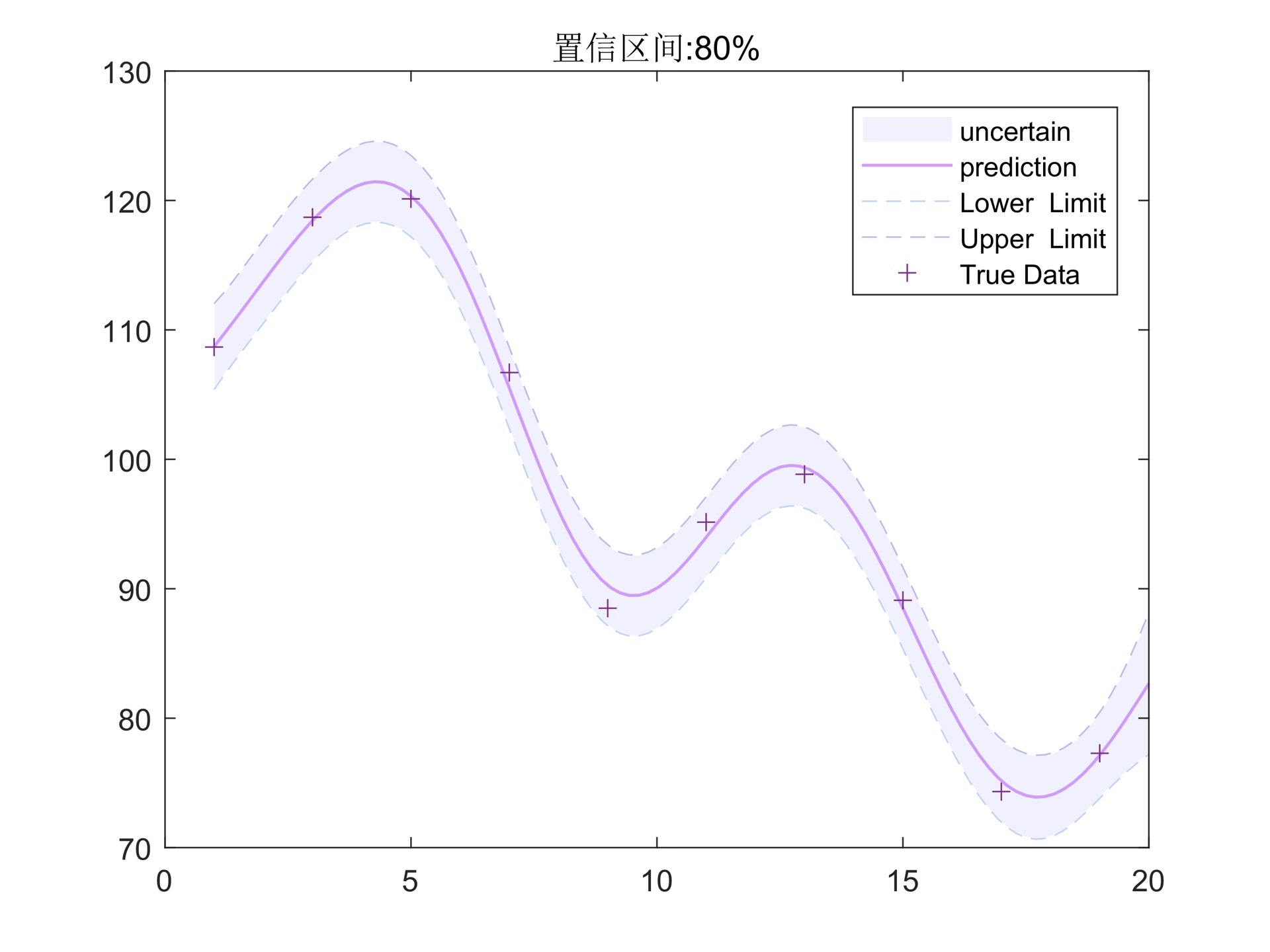高斯回归拟合x与y,带置信区间
置信区间可自定义
根据案例数据准备自己的自变量x与因变量y数据
按照相应格式替换为自己数据即可
MATLAB代码,备注清晰,易于使用
ID:2360705344962194
Matlab编程

高斯回归拟合是一种常用的统计分析方法,用于研究变量之间的关系和预测未知值。在这篇文章中,我们将重点介绍如何使用高斯回归拟合来分析自变量x与因变量y之间的关系,并给出带置信区间的可自定义示例。
首先,我们需要准备自己的自变量x与因变量y的数据。通过收集与我们研究主题相关的实际案例数据,我们可以获得具有一定代表性的数据样本。这些数据样本可以是实验数据、市场调研数据等,关键是确保数据的准确性和可靠性。
接下来,我们将使用MATLAB代码来进行高斯回归拟合并生成置信区间。MATLAB是一种功能强大的数值计算和科学分析工具,在统计分析中广泛使用。我们的代码将包括数据导入、高斯回归拟合、置信区间计算和结果可视化等步骤。
在代码中,我们将根据相应格式替换自己的数据。通过替换自变量x和因变量y的数据,我们可以将代码应用于我们的具体研究场景,并得到相应的结果。同时,为了使代码易于理解和使用,我们将为每个步骤添加清晰的注释,以提供必要的说明和指导。
在使用代码时&#








 最低0.47元/天 解锁文章
最低0.47元/天 解锁文章















 8019
8019

 被折叠的 条评论
为什么被折叠?
被折叠的 条评论
为什么被折叠?








